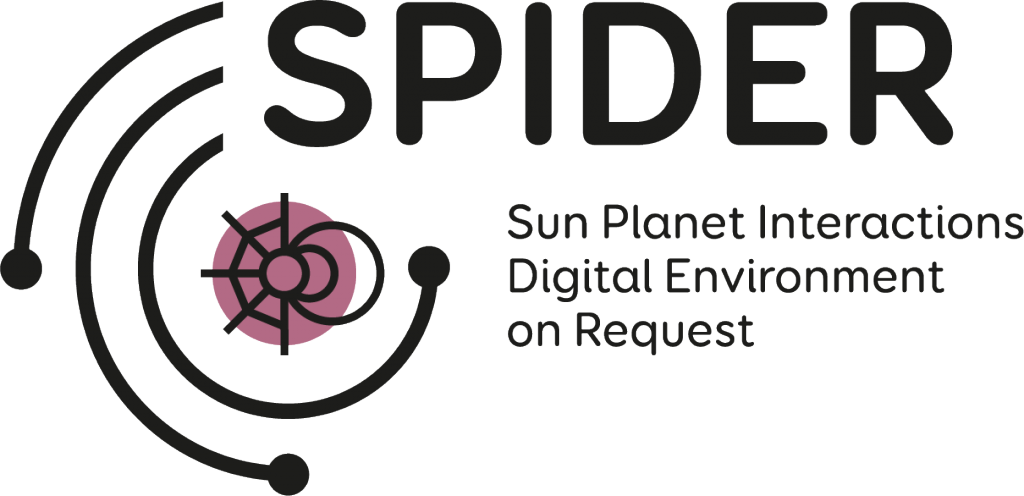SPIDER in the News
Europlanet’s SPIDER (Sun Planet Interactions Digital Environment on Request) virtual access service has been in the news recently in two studies using data from ESA missions at Venus and Mars.
SPIDER provides services and databases to support researchers modelling planetary environments and solar wind interactions.
A paper published in Nature Communications, led by Dr Moa Persson of the University of Tokyo describes how the convergence of BepiColombo and Solar Orbiter at Venus in August 2021 has given a unique insight into how the planet is able to retain its thick atmosphere without the protection of a global magnetic field.
In this video, Moa explains how SPIDER has been used to support observations by BepiColombo and Solar Orbiter of Venus’s induced magnetosphere and magnetosheath.
Co-author of the study, Sae Aizawa of ISAS/JAXA, explains how the solar wind interacts with magnetic fields and atmospheres at different planets in our Solar System.
Back in December, a second paper led by Yoshifumi Futaana of the Swedish Institute of Space Physics, showed how background radiation counts detected by ESA’s long-serving twin missions, Mars Express and Venus Express, revealed the relationship between intensity of high-energy cosmic rays and the influence of the Sun’s activity across our inner Solar System. The databases of the background radiation counts extracted for the study ere published and can be accessed through SPIDER. In this video, he explains more about his approach to his reasearch.



